The capital Hanoi is a place where many culinary quintessence of the country converge, attracting tourists to enjoy and explore. There are traditional culinary brands that have existed through many historical periods, becoming places to preserve memories of Hanoians.
VietNamNet Newspaper would like to introduce to readers the series of articles on the brand 'preserving Hanoi's memories' .

"Domestic and international reporters filled every table in the counter. Many others lined up, waiting to enjoy a bowl of hot bun thang. My family and the staff - a total of 15 people - worked tirelessly but still couldn't keep up," said Mr. Doan Van Lai, owner of Ba Am Bun Thang restaurant (Hanoi) about the occasion of serving the family dish at the International Press Center (Hanoi Friendship Palace) of the 2019 US - North Korea Summit.
"That image made me think of my mother's bun thang stall at Dong Xuan market decades ago. Every time she opened, the stall was packed with customers, and people lined up around her waiting for their turn. The stall was also colorfully decorated with trays of golden fried eggs, chicken, white pork sausage, green onions, and Vietnamese coriander... The pot of broth steamed and gave off a fragrant aroma."
At that time, Ba Am vermicelli soup, along with other famous dishes of the capital such as Pho Thin, Giang egg coffee, Co Lan pancakes... were chosen by the Hanoi People's Committee to serve 3,500 reporters who came to cover the world 's most important event - US President Donald Trump met with North Korean leader Kim Jong Un.
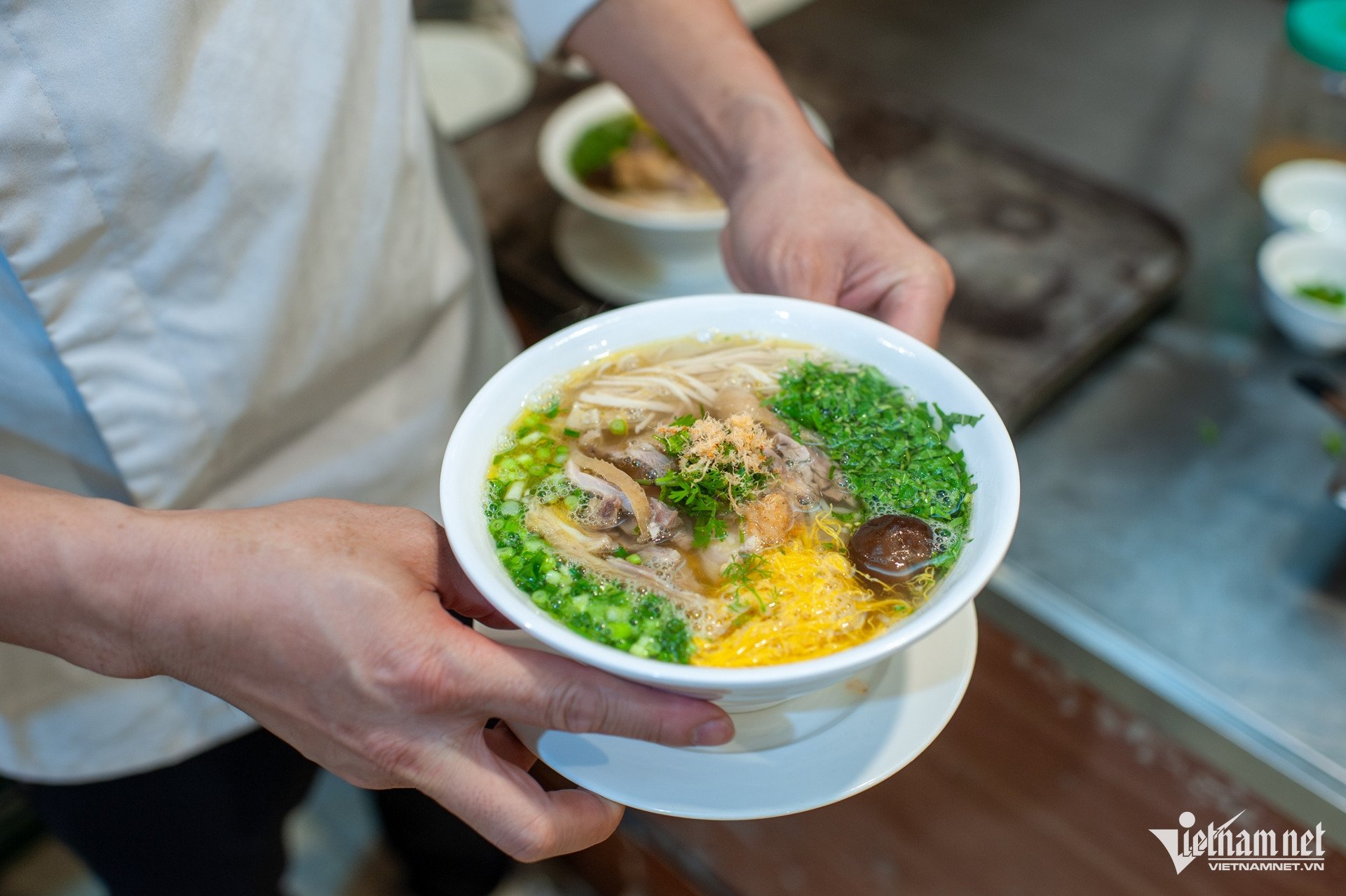
After tasting the strange dish, beautiful as a five-color flower, many reporters immediately took photos, filmed, and interviewed Mr. Lai’s family to make a report introducing it to the international press. Many reporters said that before coming to Hanoi, they had only heard about “bun cha”, “pho”, “banh mi”, but had never heard of “bun thang”.
During the two days of the US-North Korea Summit, Mr. Lai estimated that he served nearly 3,000 bowls of bun thang. The dish, which was prepared as a side dish, became the main meal chosen by international guests.
Mr. Lai said he received an invitation to participate in the traditional food stall at the press center just 1 day before the event. With time running out, he mobilized his entire family to participate in the preparations.
At that time, Mrs. Am - Mr. Lai's mother was still alive, directly assisting her children and grandchildren in preparing ingredients and cooking broth. Other family members, some in charge of arranging stalls, some running around writing articles introducing the dishes, translating and printing many copies in Vietnamese, English, and Japanese.
"My daughter said this was a great opportunity to introduce information about Bun Thang to international reporters. And indeed, many reporters came to read and were interested in the history of our family dish," Mr. Lai recalled.
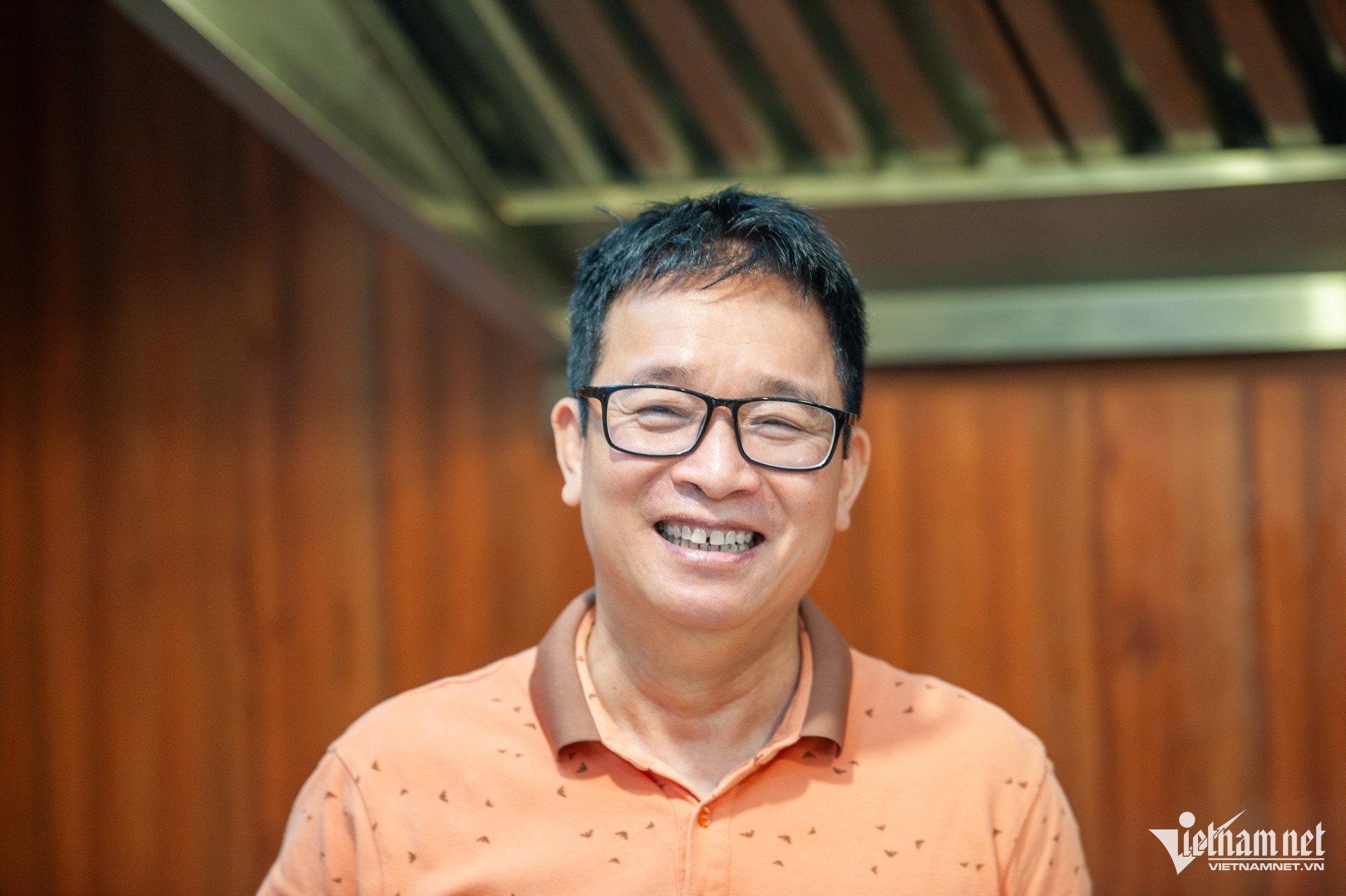
In the printed introduction, the family wrote: Bun thang is a unique dish from its name. “Thang” refers to many ingredients combined together, like a traditional medicine. There are also culinary researchers who believe that “thang” in Chinese means soup, or “bun thang” means “noodles served with soup”. Therefore, an important ingredient that determines the deliciousness of a bowl of bun thang is the broth.
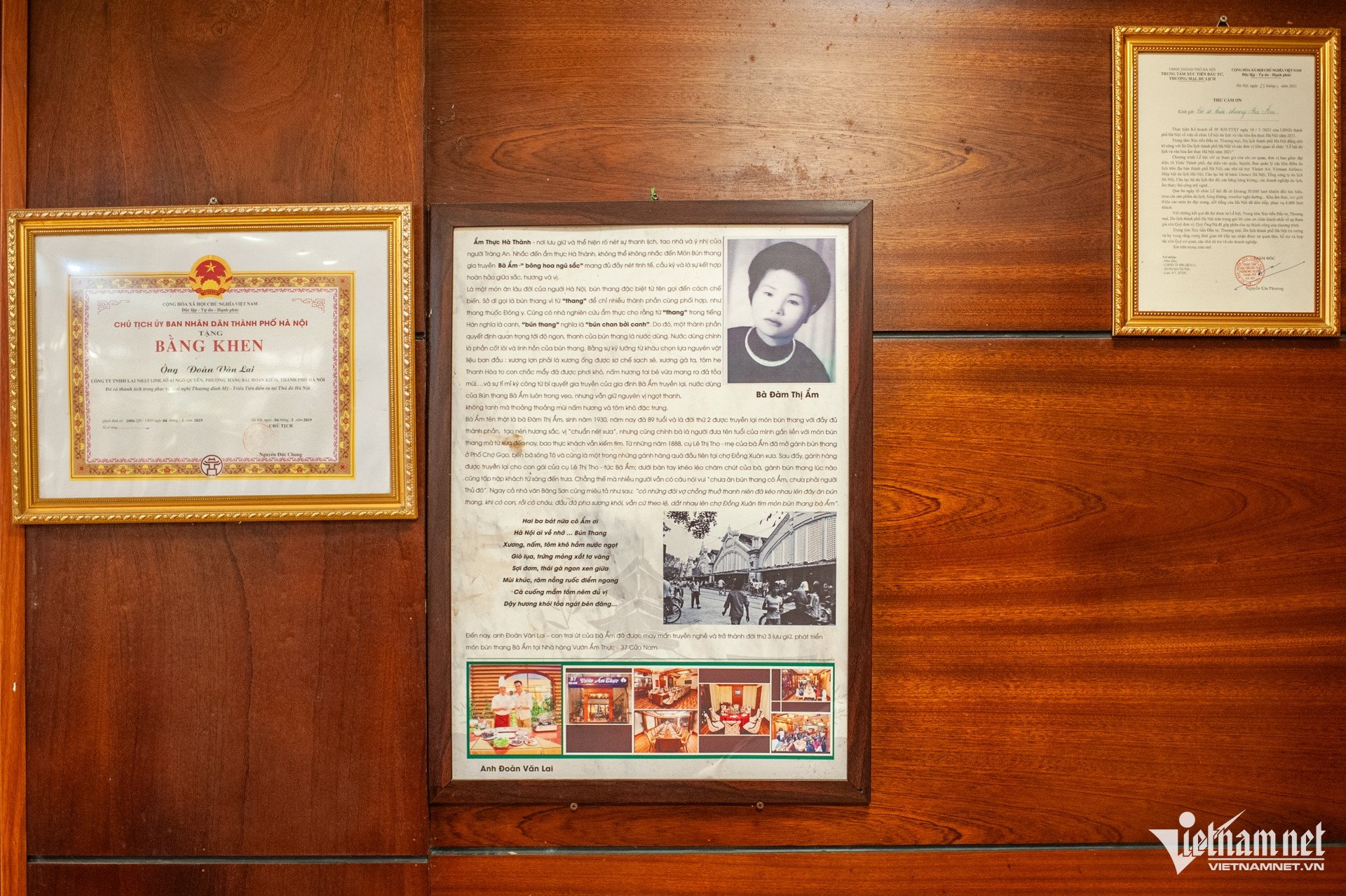

Mr. Doan Van Lai (over 60 years old) is the third generation of his family. After more than 100 years, the family still preserves the traditional flavor of Bun thang, thanks to a "secret" recipe.
According to Mr. Lai, his grandmother, Le Thi Tho (1890-1975, also known as Mrs. Le Thi Hai), sold bun thang on Cho Gao Street. Later, Mrs. Tho passed on the profession to her daughter, Mrs. Dam Thi Am (1930-2023).
The childhood of Mr. Lai's 10 siblings was closely linked to his mother's bun thang stall. "The bun thang stall not only helped my family have enough food and clothes, but also had enough to eat and save, one could say we were prosperous and wealthy at that time," Mr. Lai said.
It was not yet dawn, the whole family was busy, each person doing their own thing.
Among his 10 siblings, Mr. Lai was meticulous and loved cooking since he was young. He was proficient at shopping for eggs and mastering omelettes - a very difficult skill in making bun thang. The egg whites were removed, stirred well, and spread thinly in a pan over low heat.
The golden egg pieces, both sides golden, thin as cellophane paper, are stacked layer upon layer, then cut into strips with a sharp knife.
While his siblings were each good at one thing, Mr. Lai participated in every step of making bun thang. His mother only taught him a few times and he was proficient and did it to his satisfaction.
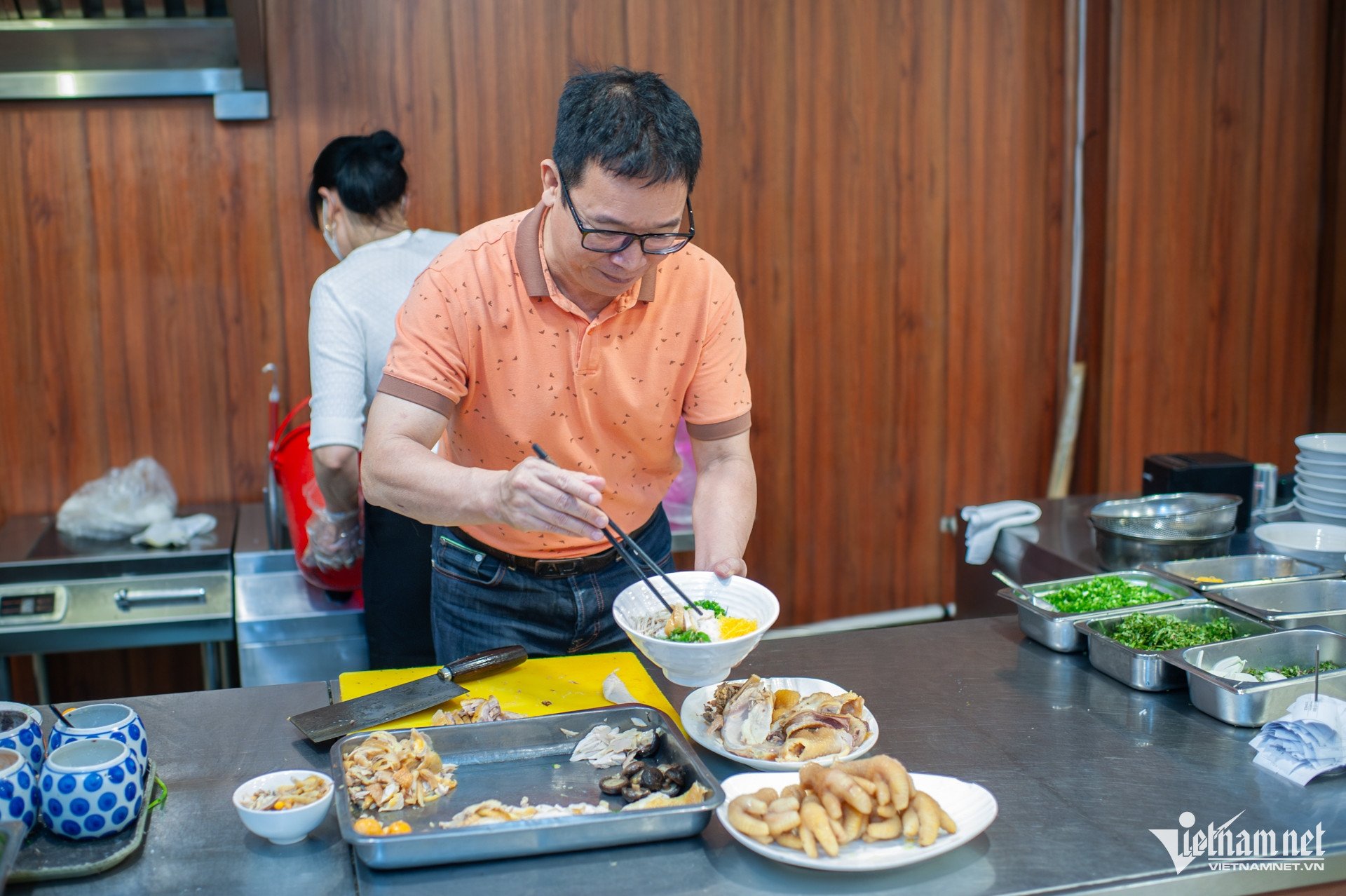
The "bun thang" restaurant at Dong Xuan market back then only had a bamboo bed and a few simple wooden benches, but it was always packed with customers.
"My mother is very careful, loves neatness and beauty. She often wears dark silk pants, white blouse, and her hair is neatly tied up. On one side she places a pot of broth, on the other side is a tray meticulously arranged with ingredients such as chicken, omelette, ham, Vietnamese coriander, onions and spices," Mr. Lai said.
Because of that elaborate arrangement, diners describe Ba Am's bun thang as a five-color flower - with the white color of pork roll, pieces of chicken, the golden color of omelette, chicken skin, the fresh green color of Vietnamese coriander, green onions, the brown color of shiitake mushrooms and a touch of orange-red like the flower buds of shrimp floss.
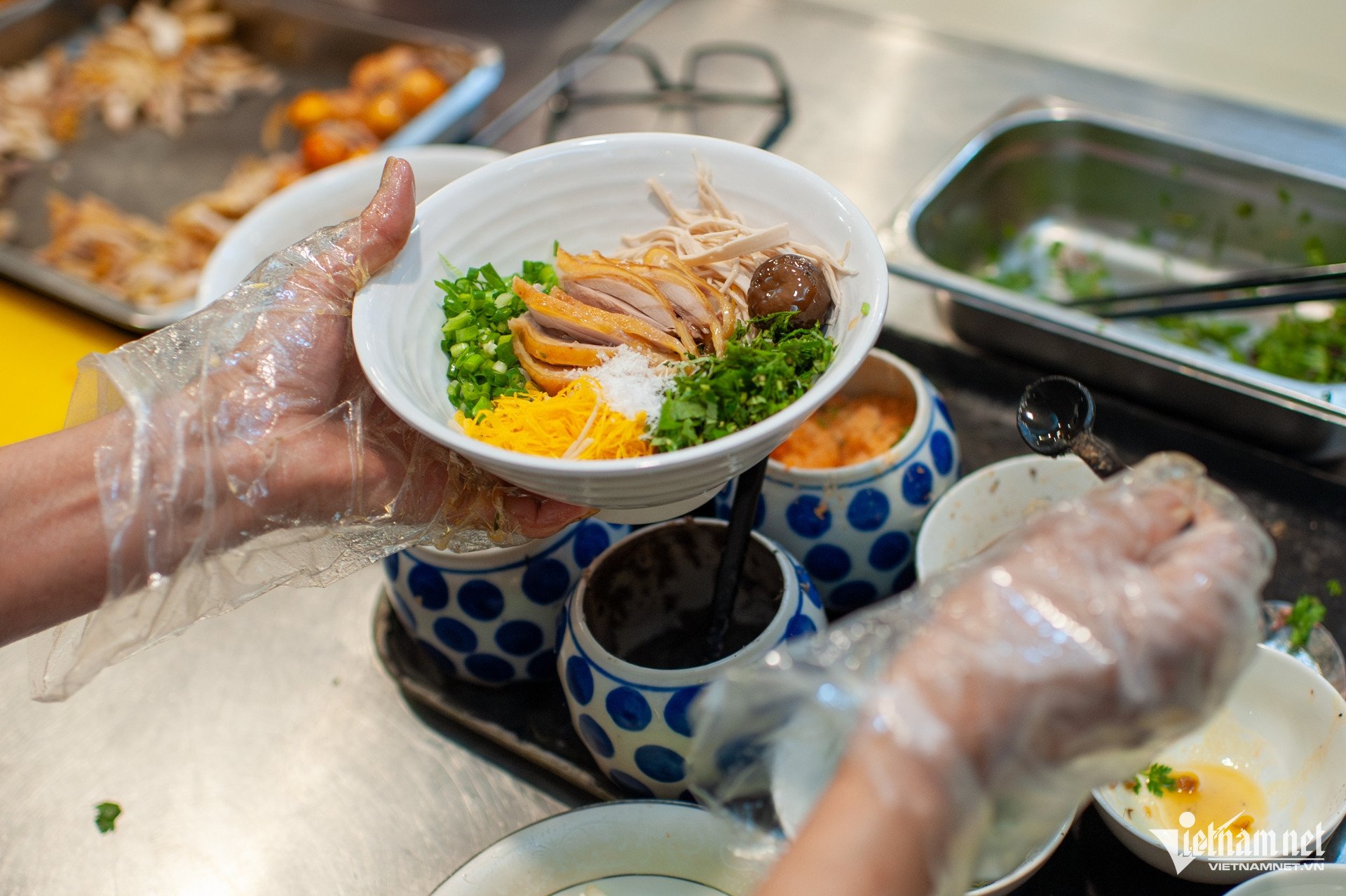
"On cold days, the restaurant is crowded, customers have to wait in line for their turn," Mr. Lai said. "I stand next to my mother, helping to pour the broth into each bowl."
Mr. Lai still remembers that day, the restaurant had a special guest, the Chairman of the Hanoi City Administrative Committee, Tran Duy Hung. "Mr. Tran Duy Hung was tall and thin, wearing glasses. Like everyone else, he waited in line. When it was his turn, he gently told my mother: 'I'm still the same as always'," Mr. Lai recalled.
After 1983, Mr. Lai's parents stopped selling bun thang at Dong Xuan market. Every year, the family only opens the restaurant for one week at their home in Hang Khoai to "show their gratitude to customers".
"Whenever relatives or friends come to visit, my mother goes to the market to choose and buy each ingredient to make bun thang to treat them. During Tet, my family has never been without bun thang. My siblings and I have eaten bun thang since we were young and never get tired of it," said Mr. Lai.
All of Mr. Lai's brothers can cook bun thang. When he came to meet his wife, he showed off his skills in making bun thang. When they tasted it, his wife's grandparents were very surprised. "It turned out that they used to be regular customers of my mother, but they hadn't had this taste of bun thang for many years," Mr. Lai said.
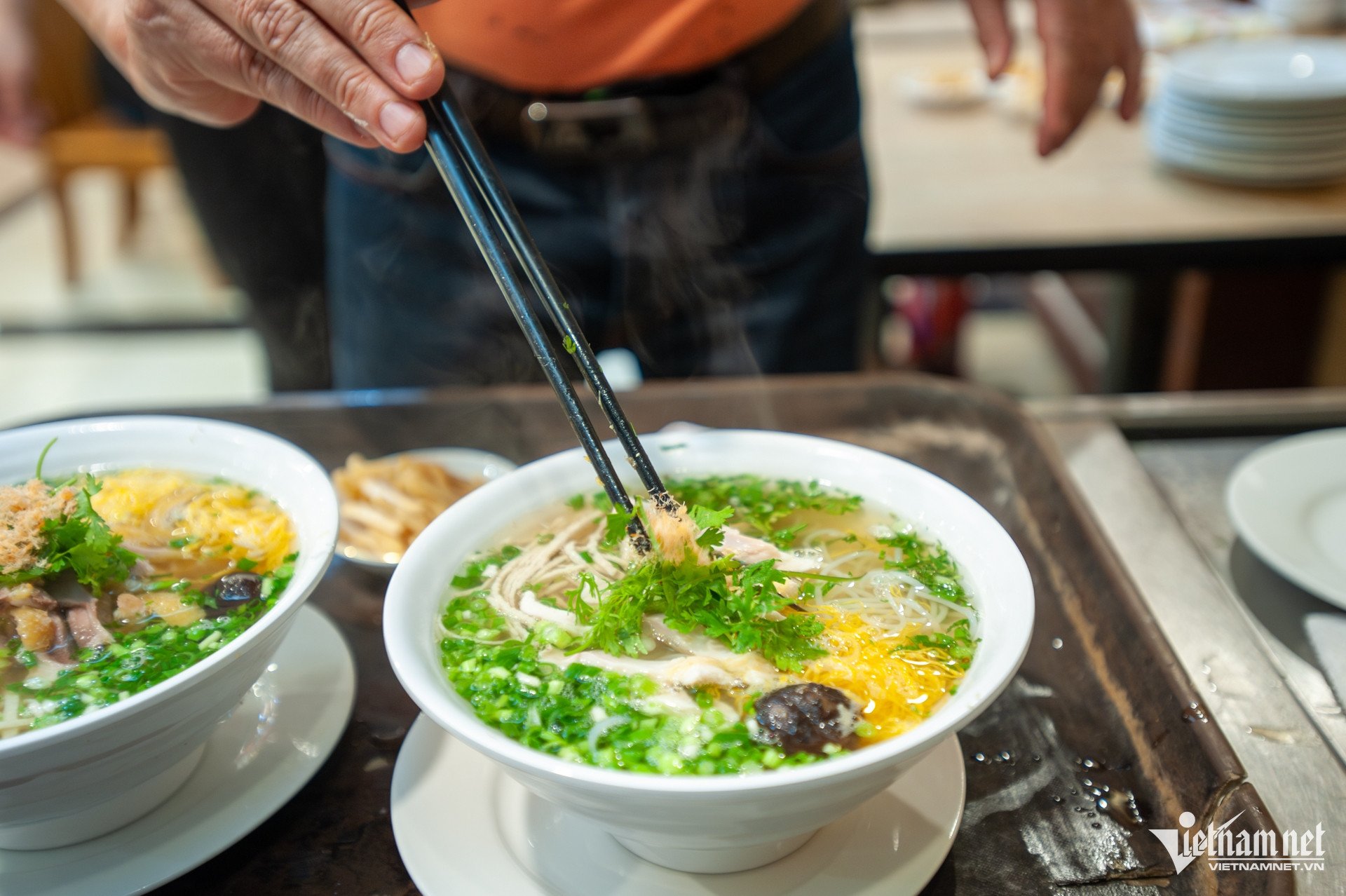
During the time Mr. Am's family closed the restaurant, many customers missed it and felt regretful. There were people who lived far away, and every time they returned to Hanoi, they tried to find the restaurant but "there was no news".
"My mother also missed the job very much. In 2002, I asked my parents' opinion and met with my siblings to reopen the bun thang shop but with a more professional approach. My mother was very happy but she was worried and troubled for a long time. She was afraid that her children would work too hard and give up.
My mother always taught me 'buying a reputation costs thirty thousand, selling a reputation costs three coins', so if you open a shop, you have to do it properly and properly," Mr. Lai said.
Mr. Lai renovated his brothers' house in Cua Nam and opened a restaurant selling traditional bun thang. "At that time, my family had been in business for many years so the economy was quite good. I opened a bun thang restaurant because I wanted to preserve the family tradition, not to make money," he said.
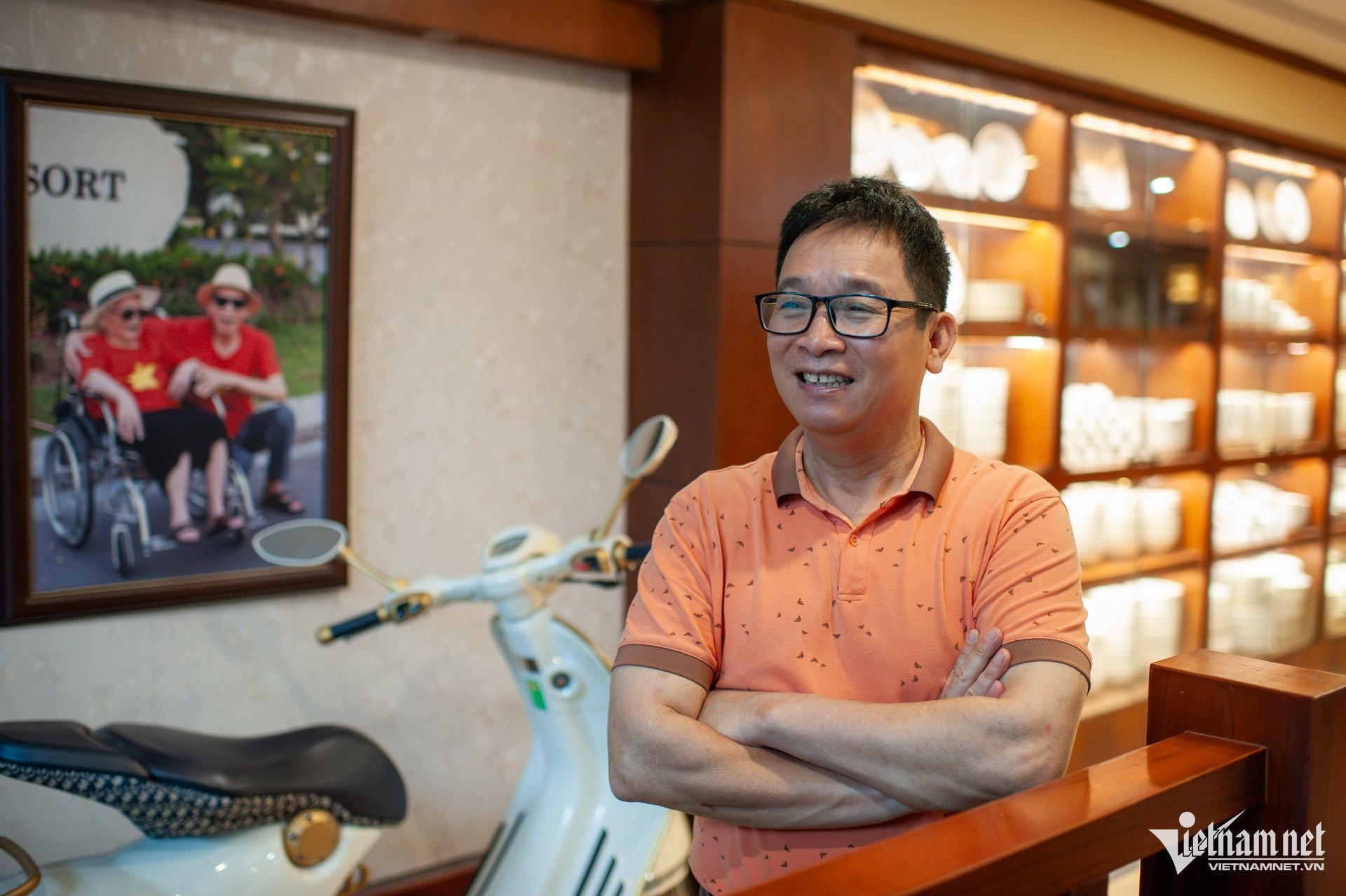

The most important ingredient of Bun thang is the broth. The broth is simmered from pork bones, chicken bones, dried Thanh Hoa shrimp, and shiitake mushrooms. Using a secret family recipe, Ba Am's Bun thang broth is always clear, has a sweet taste, and a pleasant, characteristic aroma.
"Only my brothers and sisters in my family know the recipe for making the broth. If I have to take time off, my brother will take care of this part," said Mr. Lai.
According to Mr. Lai, in the past, the broth was elaborately prepared from a castrated rooster. Nowadays, because it is difficult to find a castrated rooster and the price is too high, he uses a Dong Tao hen that has laid one litter.
The chicken is prepared very carefully because when boiling, he does not add ginger to remove the smell as usual. "Ginger will ruin the flavor of bun thang," said Mr. Lai.
The person who filters and slices the chicken must be thoroughly trained so that each piece is even and delicious.
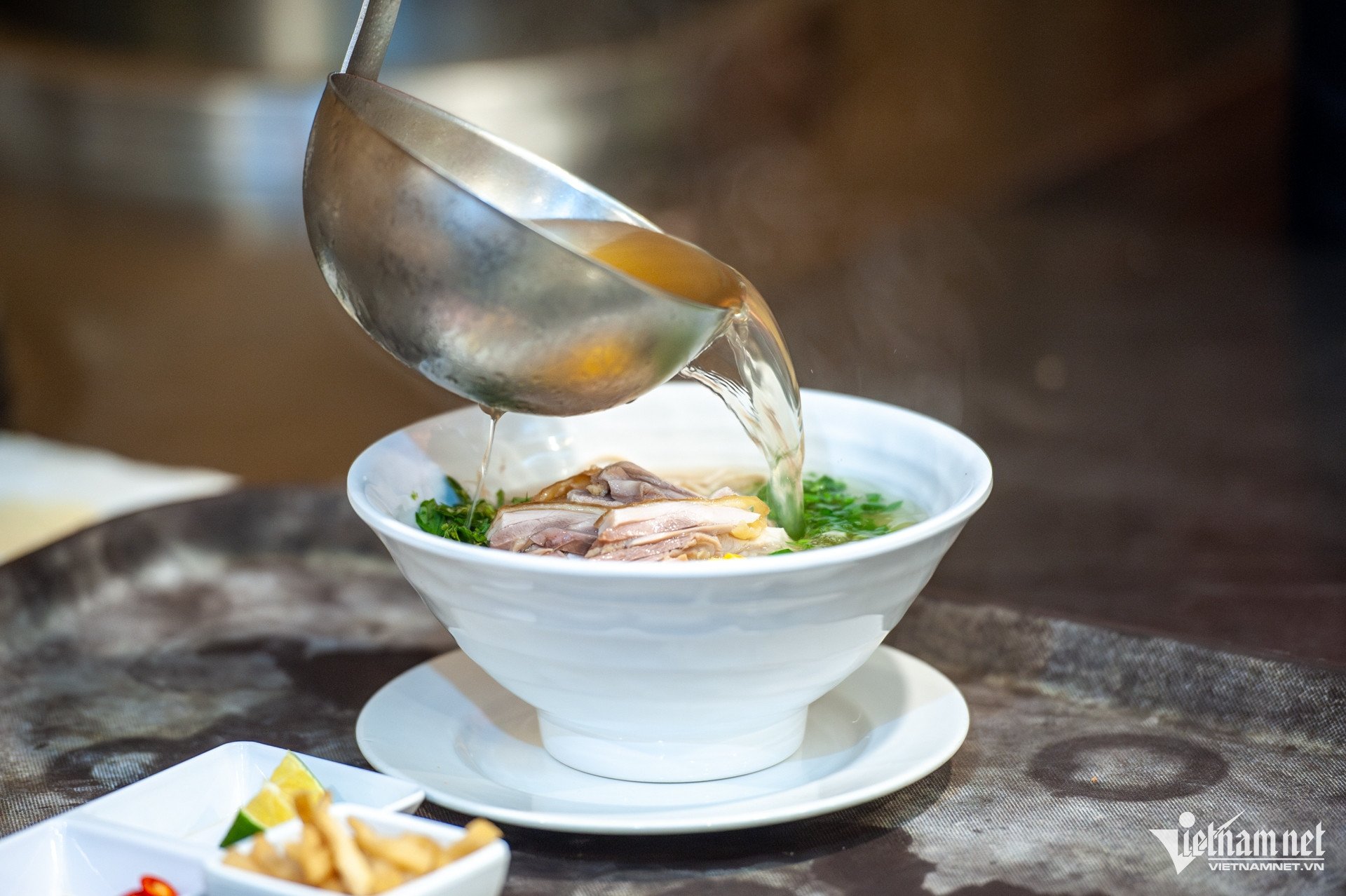
All the ingredients are carefully selected. Mr. Lai only imports shrimp from Thanh Hoa and Nghe An from long-time acquaintances. However, he prawns are not as abundant as before, so they are preferred for making broth, while shrimp floss is made from delicious shrimp. The shrimp paste must be Mrs. Boong's shrimp paste from Hang Be market.
When customers order, the restaurant staff always asks carefully if they can eat shrimp paste. If so, the chef will add a small spoonful of shrimp paste to the bowl before pouring the hot broth. Water bugs are Vietnamese water bugs that Mr. Lai “hunts”, collects, and carefully preserves for later use.
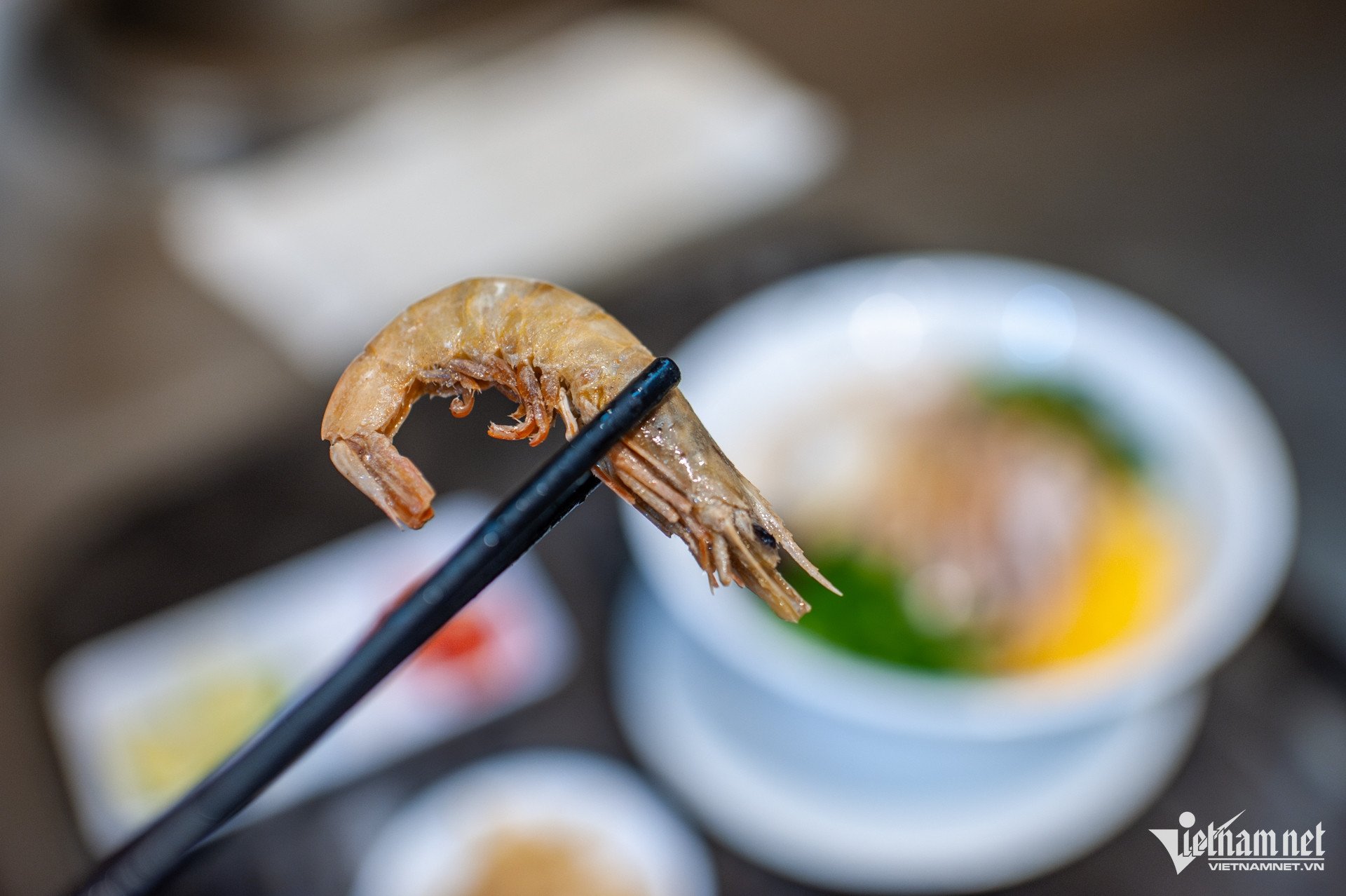
Writer Bang Son once described the dish of bun thang like this: "A big bowl. On top of the noodles are ham, omelette, meat, shrimp floss, all sliced into thin strips, shaken to spread out, accompanied by many spices, especially shrimp paste and must be eaten very hot.
Water bugs are a special charm, indispensable. They are like a cup of wine on a wedding night. Without them, the other ingredients of vermicelli noodles would be humiliating and incomplete.
In the book "Hanoi's Delicacies", writer Vu Bang described bun thang as a "special" gift, "like a clear landscape painting in which pure colors are placed close together without being mixed".
Bun thang is also served with mixed radish. "This dish is not ca la thau but is mixed fresh every day with vinegar and spices. The radish must be crunchy, slightly sour, and rich in flavor," said Mr. Lai.
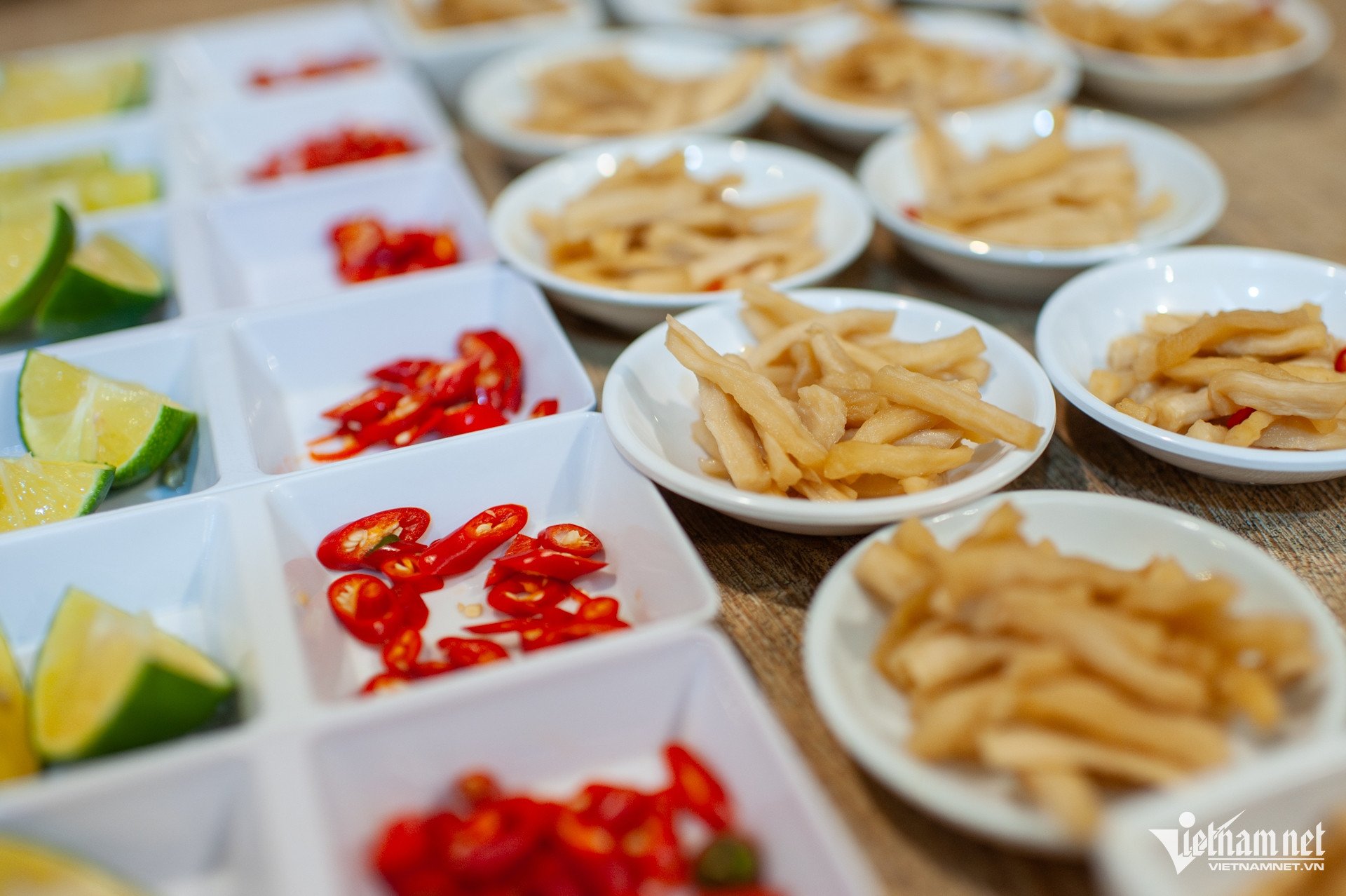
The dish is elaborately prepared and the ingredients are expensive, so the price is quite high. Currently, a bowl of Bun Thang at the restaurant costs from 85,000 VND.
To date, Mr. Lai has not cooperated with anyone to bring his family-style vermicelli dish to other provinces or abroad, despite receiving many offers. "I really want to introduce the dish to a wide range of diners, but I don't have a plan to control the quality," said Mr. Lai.
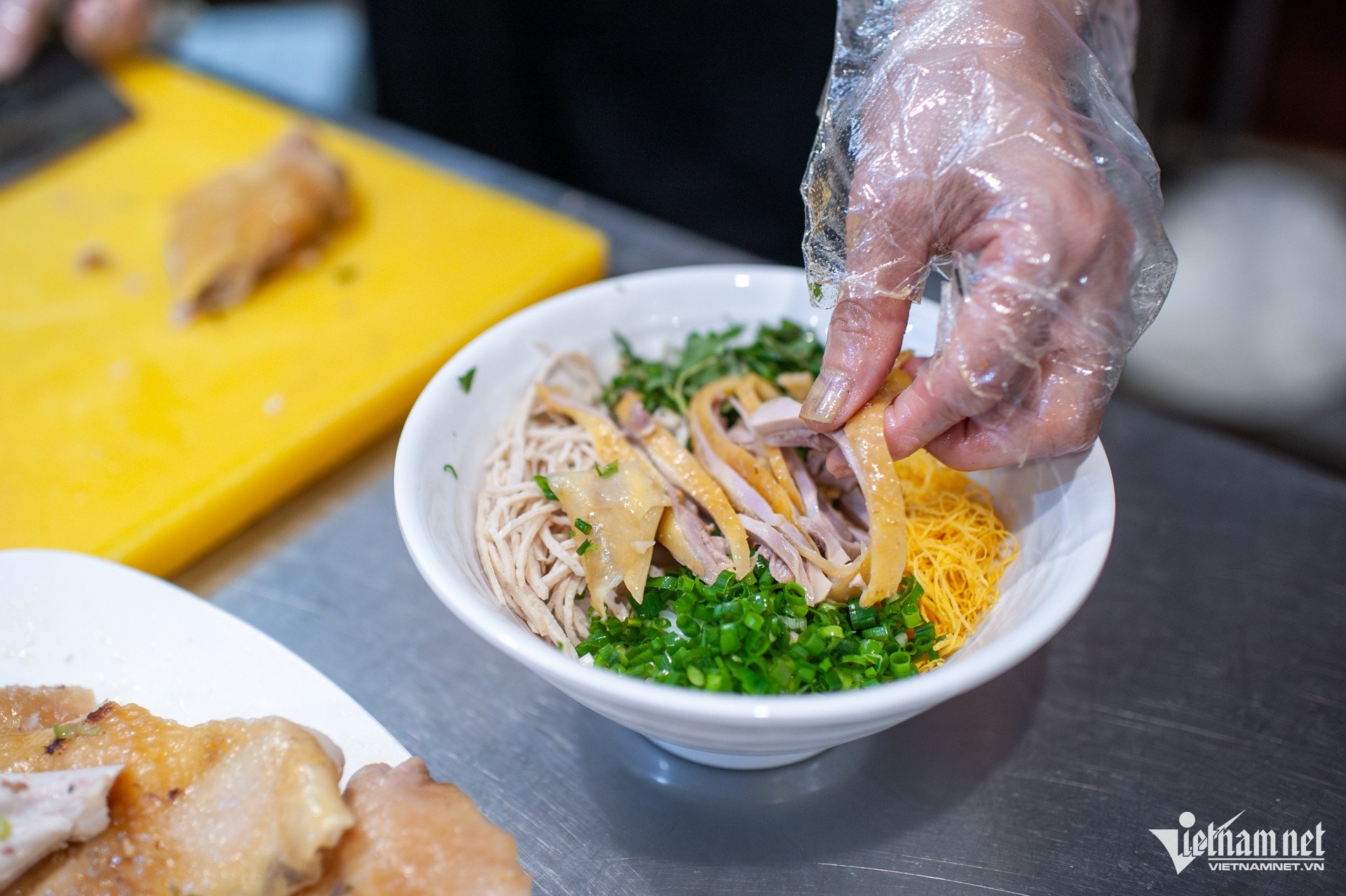
"Good news travels fast", the family's bun thang restaurant has attracted many gourmets, international tourists, and even the world's 11th richest billionaire, CEO of Nvidia - Jensen Huang. The billionaire visited the bun thang restaurant in 2023.
"The group of guests only called to reserve a table about 30 minutes in advance. Not long after, the neighborhood security was tightened, luxury cars parked in front of the store. The famous billionaire that I had only seen in the press walked into the restaurant. Different from my imagination, he was friendly and approachable. Mr. Huang took a photo of the table of ingredients and the processing area with his phone," Mr. Lai said.
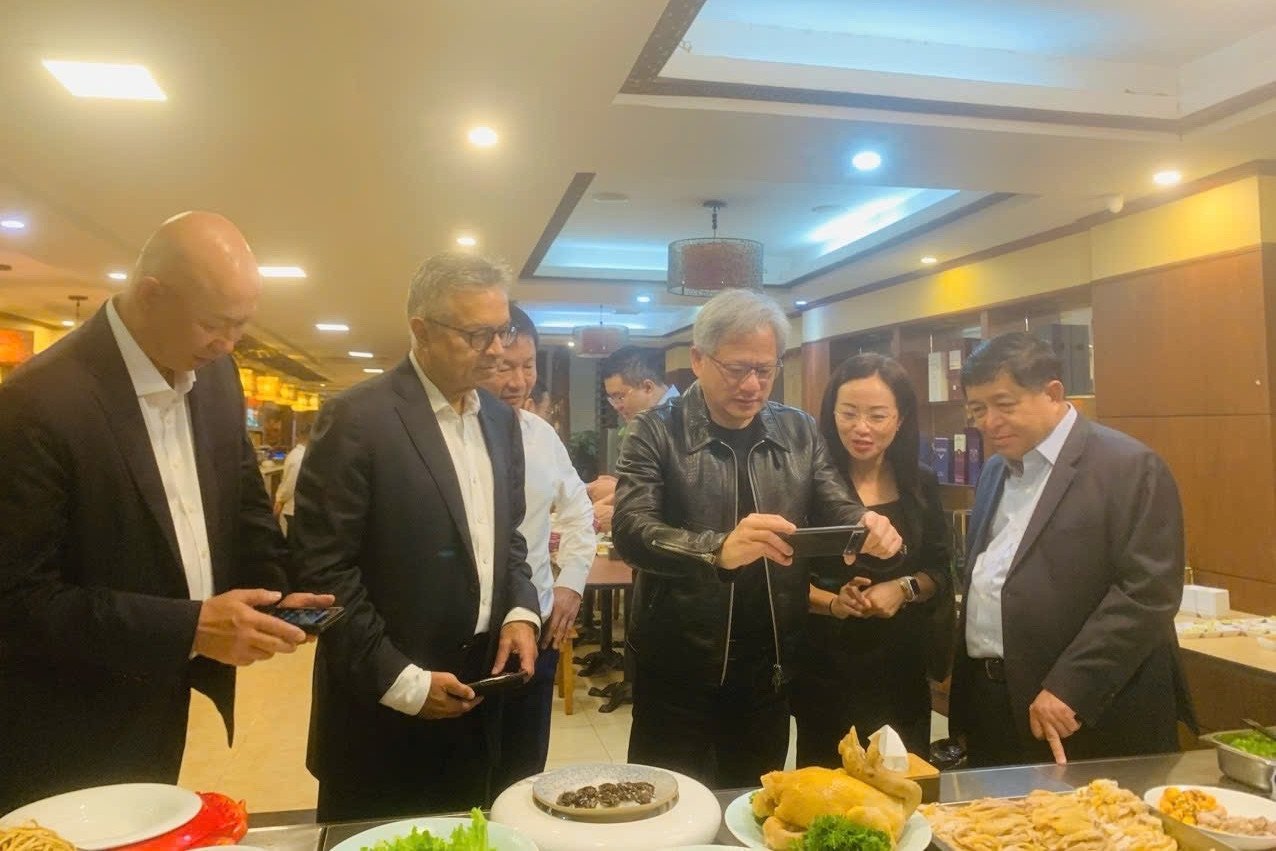 | 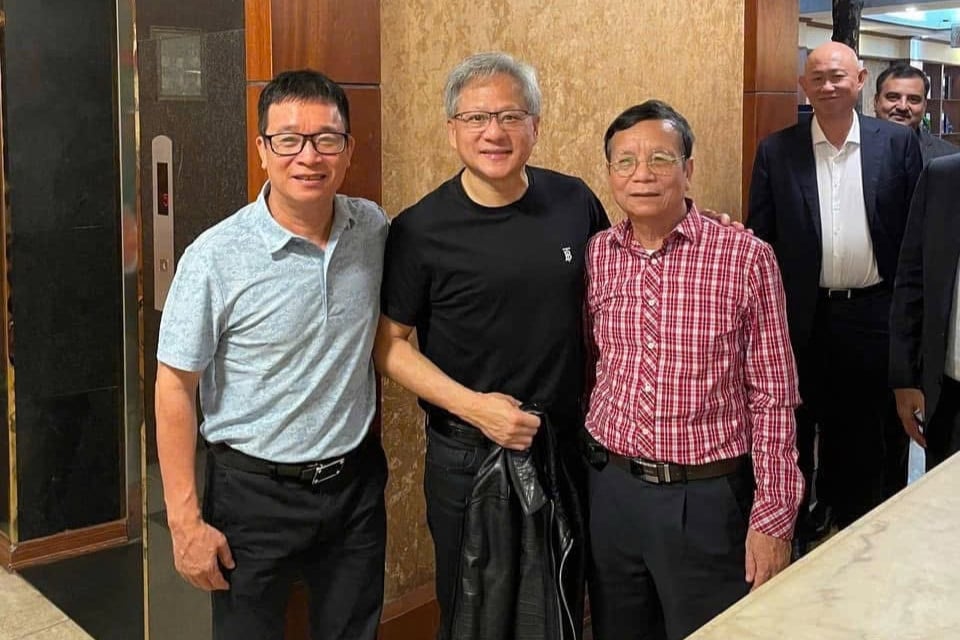 |
"The billionaire enjoyed two bowls of bun thang and two cups of iced black coffee. He was full of praise," Mr. Lai shared proudly.
At this traditional noodle shop, it is not difficult to find customers who have reached the "rare" age but still come to enjoy it with their children and grandchildren. They call this "a nostalgic dish, bringing back memories of old Hanoi".
“In the near future, my daughter will be the fourth generation in the family to take over the bun thang restaurant. My family always believes that if we want the image of bun thang to go further, we must preserve the family recipe and the passion and pride in the profession. Each bowl of bun thang must definitely represent the quintessence of the cuisine of the capital in particular, and of Vietnam in general,” Mr. Lai shared.
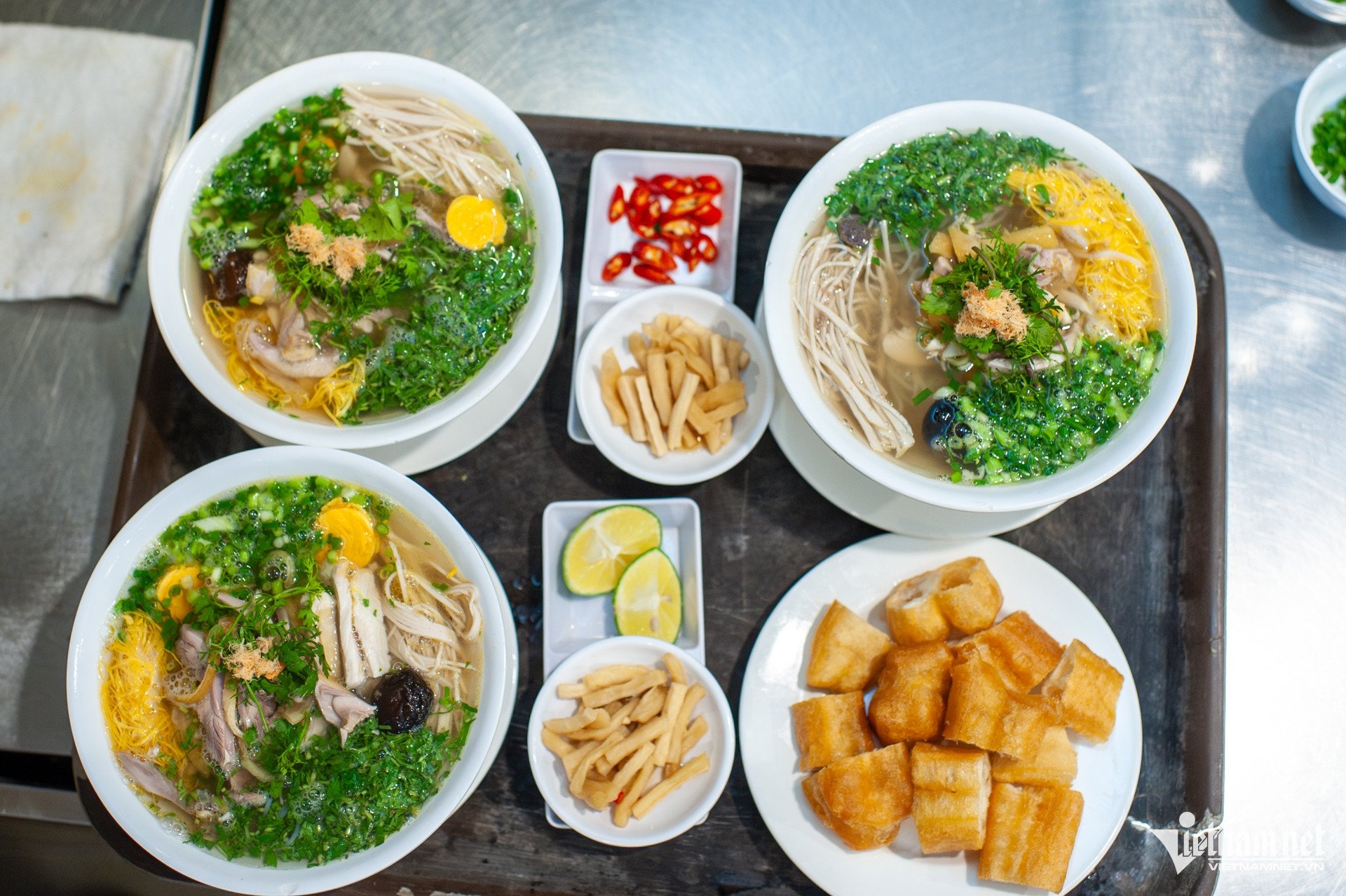
Photo: The Bang
Source: https://vietnamnet.vn/tu-ganh-bun-thang-dong-kin-o-cho-dong-xuan-toi-nha-hang-don-ty-phu-the-gioi-2392155.html



![[Photo] Hanoi: Authorities work hard to overcome the effects of heavy rain](https://vphoto.vietnam.vn/thumb/1200x675/vietnam/resource/IMAGE/2025/8/26/380f98ee36a34e62a9b7894b020112a8)
![[Photo] Multi-colored cultural space at the Exhibition "80 years of the journey of Independence - Freedom - Happiness"](https://vphoto.vietnam.vn/thumb/1200x675/vietnam/resource/IMAGE/2025/8/26/fe69de34803e4ac1bf88ce49813d95d8)
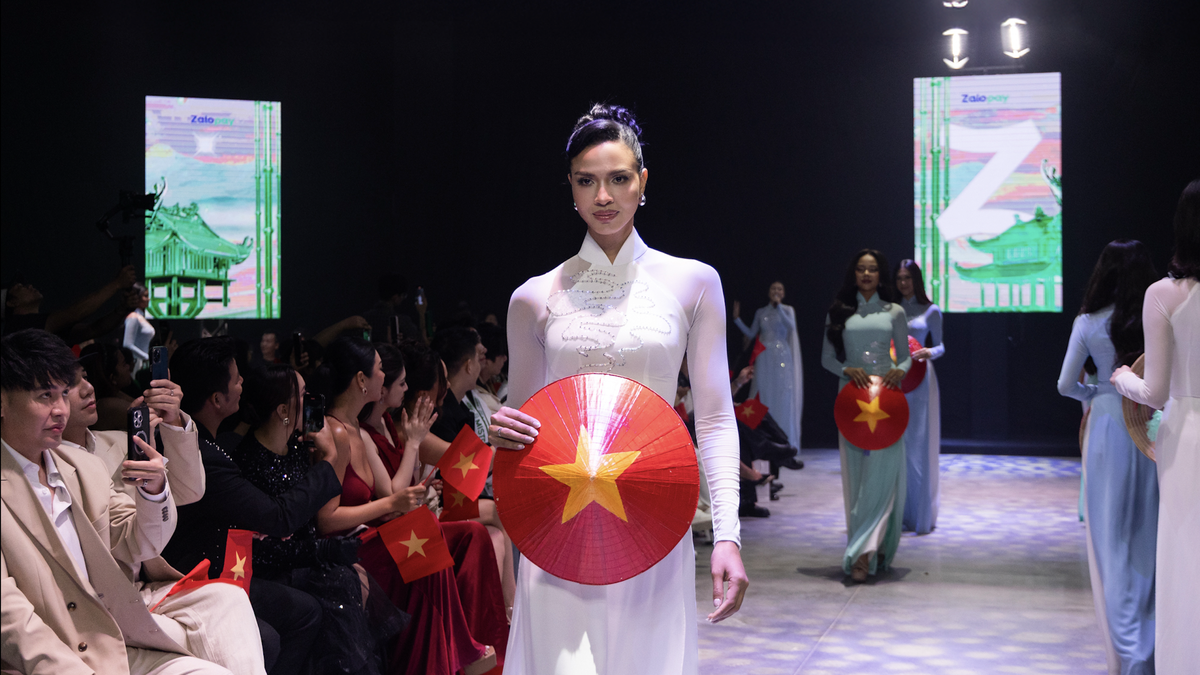

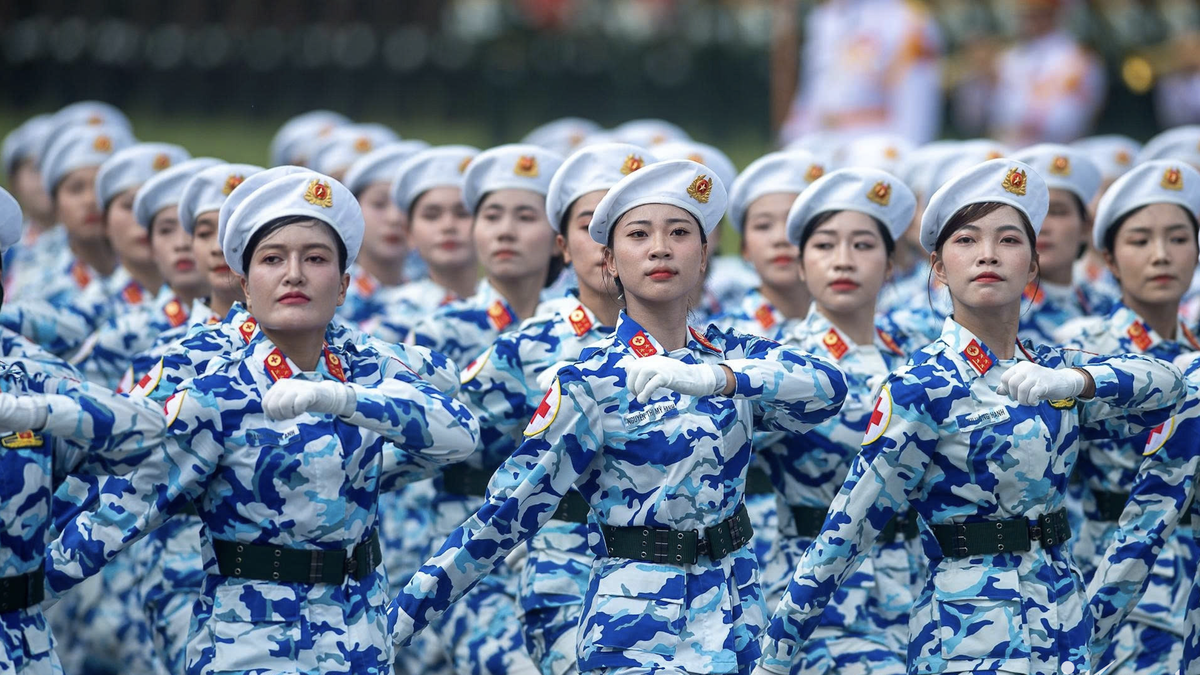

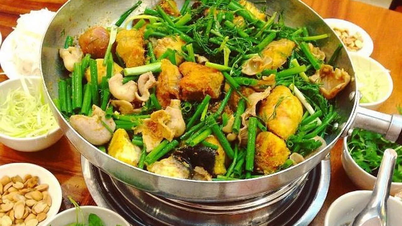

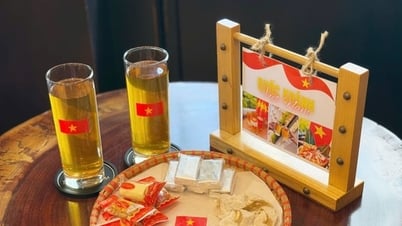

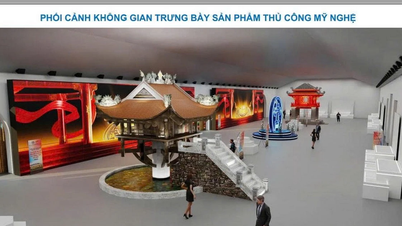
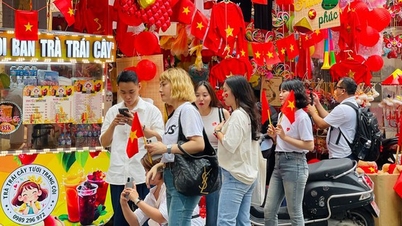

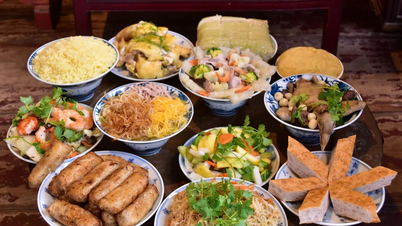

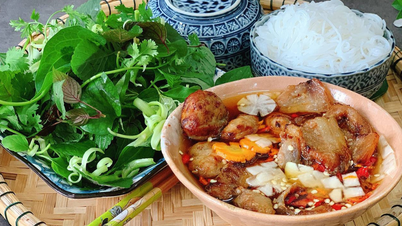

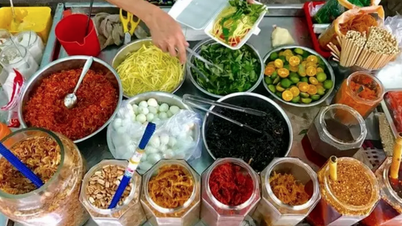

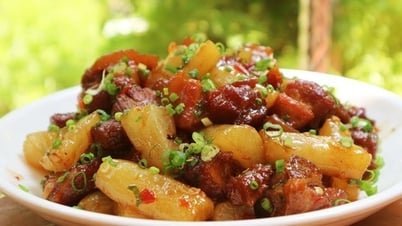
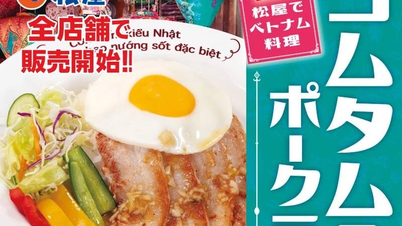
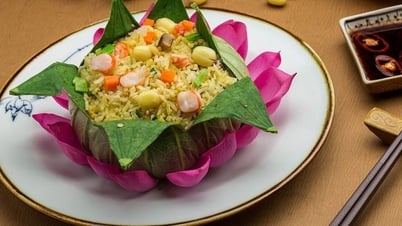
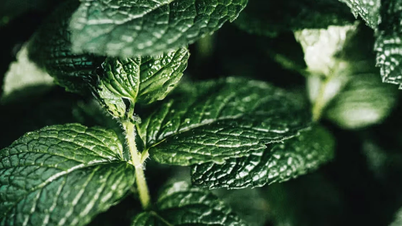
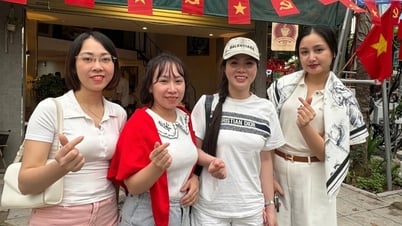





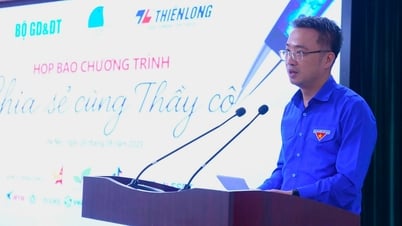
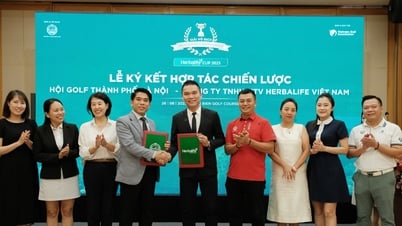






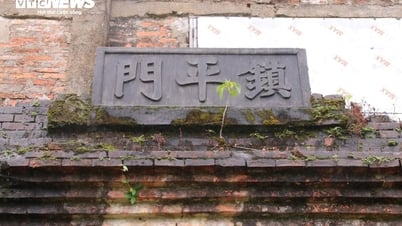

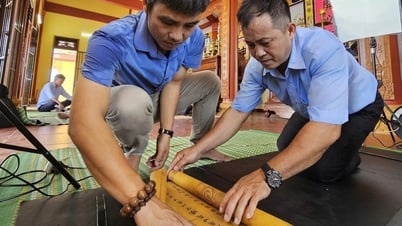


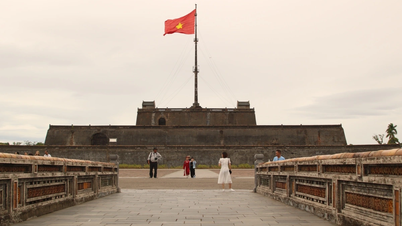

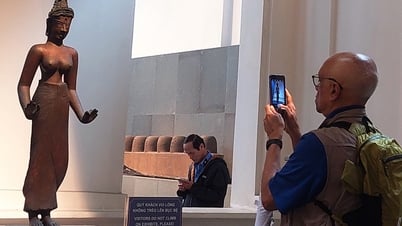

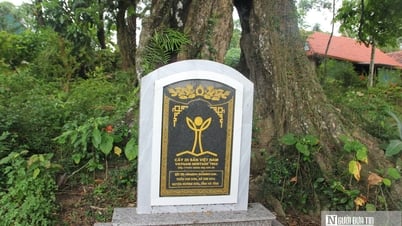







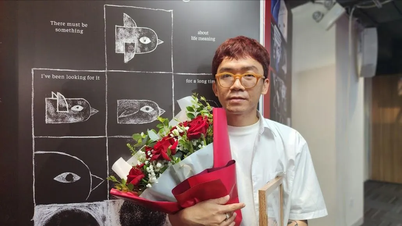



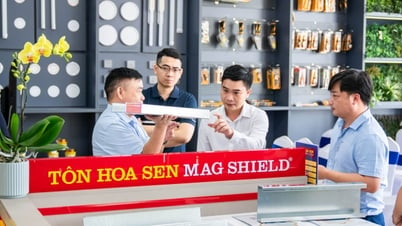







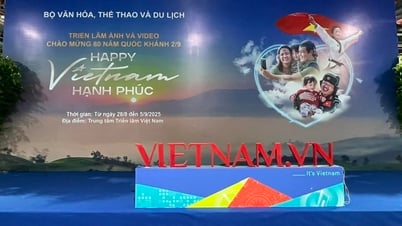
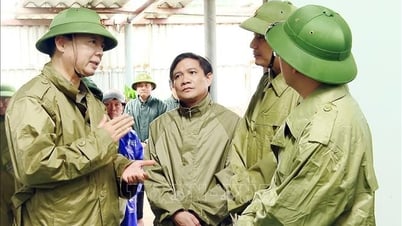


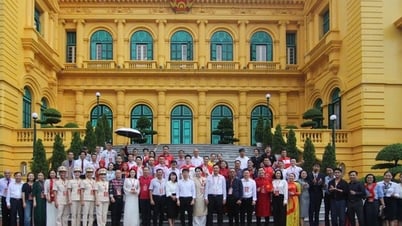



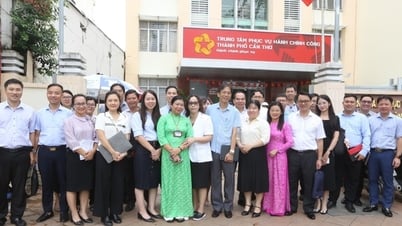

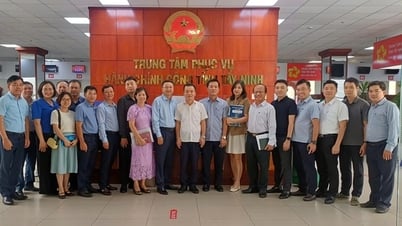
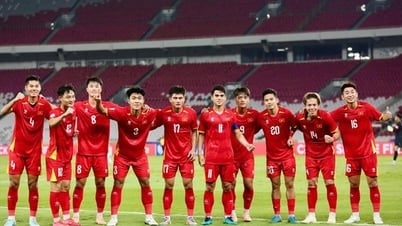
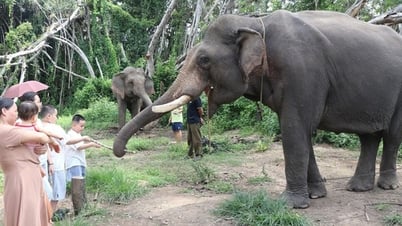
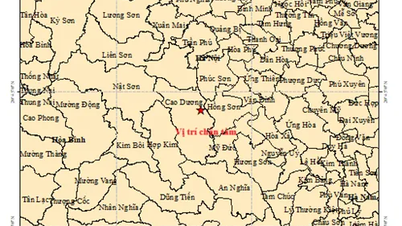
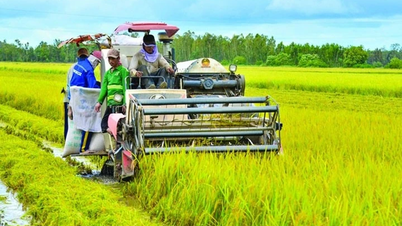

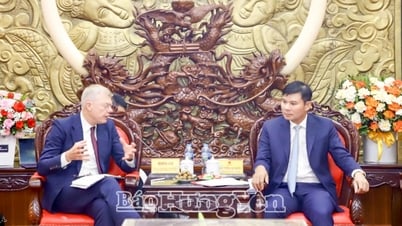





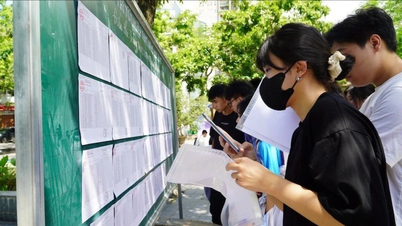





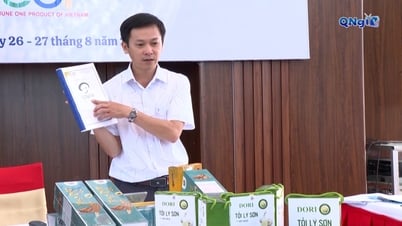


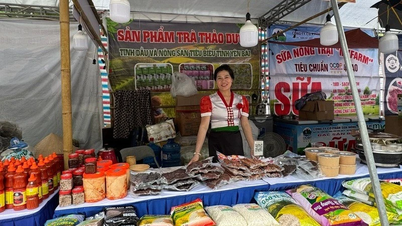






Comment (0)